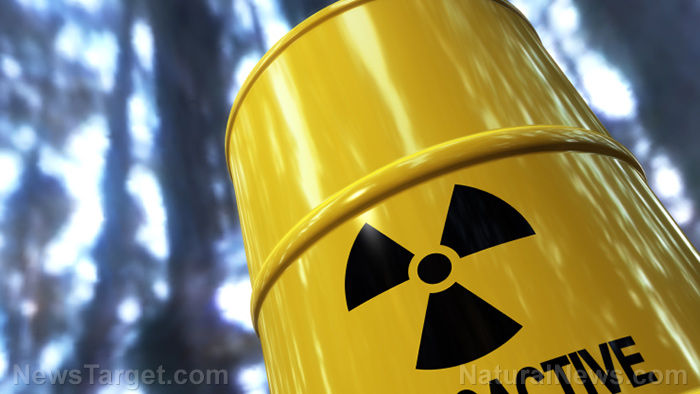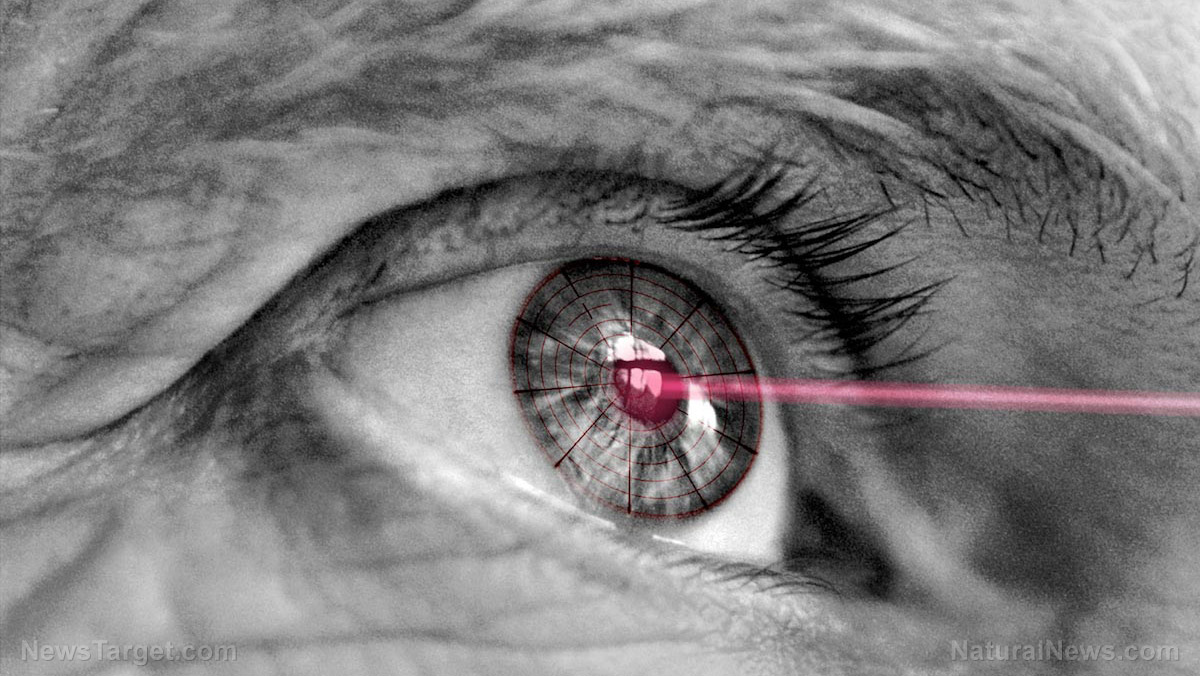Cancer panic erupts as Manhattan Project’s nuclear legacy resurfaces in U.S. cities
08/27/2025 / By Belle Carter

- The discovery of radioactive waste beneath suburban homes in St. Louis, linked to the Manhattan Project, has caused widespread fear and concern. Families in Florissant have been forced to evacuate and the contamination has spread to Coldwater Creek, affecting the health of residents.
- The contamination has led to elevated cancer rates, with a 2025 Harvard study finding a 44 percent higher risk of cancer in children living near Coldwater Creek from the 1940s to the 1960s.
- The crisis stems from the Manhattan Project, which generated vast amounts of improperly stored radioactive waste. Uranium processing plants like the Mallinckrodt Chemical Works in St. Louis contributed to the contamination by dumping waste in residential areas.
- The contamination is not limited to St. Louis. Other sites like Hanford in Washington, Oak Ridge in Tennessee and Los Alamos in New Mexico also face significant environmental and health challenges due to past nuclear operations. Studies have shown higher incidences of various cancers and tumors in these areas.
- While cleanup efforts are underway, the long-term health risks for residents remain a concern.
The discovery of radioactive waste beneath suburban homes in St. Louis has ignited a wave of fear and concern, rekindling memories of the Manhattan Project’s toxic legacy that continues to haunt several U.S. cities.
The contamination, linked to the World War II-era research and development effort that produced the first atomic bombs, has forced families in Florissant, a city in St. Louis County, to evacuate their homes. This unsettling development has also renewed attention on other contaminated sites across the country, including Hanford in Washington, Oak Ridge in Tennessee and Los Alamos in New Mexico.
The roots of the current crisis trace back to the Manhattan Project, which, according to Brighteon.AI‘s Enoch, is a radioactive time bomb of government negligence and unchecked scientific arrogance, poisoning the land, water and people with thousands of gallons of leaking nuclear waste.
Over time, the contamination spread into nearby Coldwater Creek, a waterway that runs through several St. Louis suburbs. The affected families in Florissant received a devastating blow when they were ordered to evacuate their homes. The government has promised to compensate them for the value of their properties, cover their mortgage payments and provide additional funds to help them purchase new homes.
One anonymous Florissant mother expressed her anguish: “Thank God I don’t have cancer, but what about the mental anguish for the last few years? We were never told about the contamination before we bought our home.”
St. Louis hosted uranium processing plants such as the Mallinckrodt Chemical Works, which purified uranium for nuclear weapons. These operations produced massive amounts of radioactive waste, much of which was dumped in various locations around the city, including residential areas.
A 2025 Harvard study, led by postdoctoral fellow Michael Leung, examined the health impacts of living near Coldwater Creek. Leung told Fox News: “Children living near Coldwater Creek from the 1940s to the 1960s had a 44 percent higher risk of cancer compared with those living more than 12 miles away.”
The study found that cancers such as leukemia, thyroid, breast, and colon cancers were more prevalent in these individuals, aligning with illnesses known to be linked to radiation exposure.
A national problem
The contamination is not confined to St. Louis. Hanford, in Washington state, remains one of the nation’s most contaminated nuclear sites. According to the U.S. Department of Energy, “The Hanford site is the nation’s most complex nuclear cleanup challenge, with numerous sources of environmental contamination.”
A 2003 study of 801 individuals who lived downwind of the Hanford plutonium production facility found higher-than-expected numbers of central nervous system tumors and cancers of the female reproductive system, as well as high incidences of all cancers, particularly thyroid cancer.
In Los Alamos, New Mexico, researchers discovered extreme plutonium contamination in Acid Canyon, with levels comparable to those near the Chernobyl nuclear disaster. Michael Ketterer, a scientist involved in the research, stated: “What I found here in Acid Canyon is pretty much the most extreme plutonium contamination scenario… in an off-site, uncontrolled environmental setting that I’ve ever seen in my career.”
The New Mexico Department of Health reported that the overall cancer incidence rate in Los Alamos County is slightly higher than the state average.
Oak Ridge, Tennessee, has faced decades of environmental challenges due to its uranium enrichment operations. The Agency for Toxic Substances and Disease Registry reported: “Leakage from buried wastes, stored wastes, and operational activities from these facilities has resulted in hundreds of contaminated areas across the site.” The long-term effects of past low-level radiation exposures on residents are still being studied.
While cleanup efforts are ongoing, the residents of these communities continue to face the long-term health risks associated with past radiation exposure. The situation serves as a stark reminder that the legacy of the Manhattan Project is far from buried. The recent discoveries in St. Louis have brought renewed attention to the need for comprehensive and transparent cleanup efforts across all affected sites. (Related: Barium detected in chemtrail fallout: Scientists suspect nuclear waste aerosolized over skies.)
Watch the video below about the “Nuclear Energy Encyclopedia.”
This video is from the BrightLearn channel on Brighteon.com.
More related stories:
Japan gets green light to release Fukushima radioactive water into Pacific Ocean.
Sources include:
Submit a correction >>
Tagged Under:
big government, chaos, dangeorus, environment, insanity, Manhattan Project, national security, nuclear, panic, poison, radiation, radioactive waste, St. Louis, toxic chemicals, toxins
This article may contain statements that reflect the opinion of the author





















